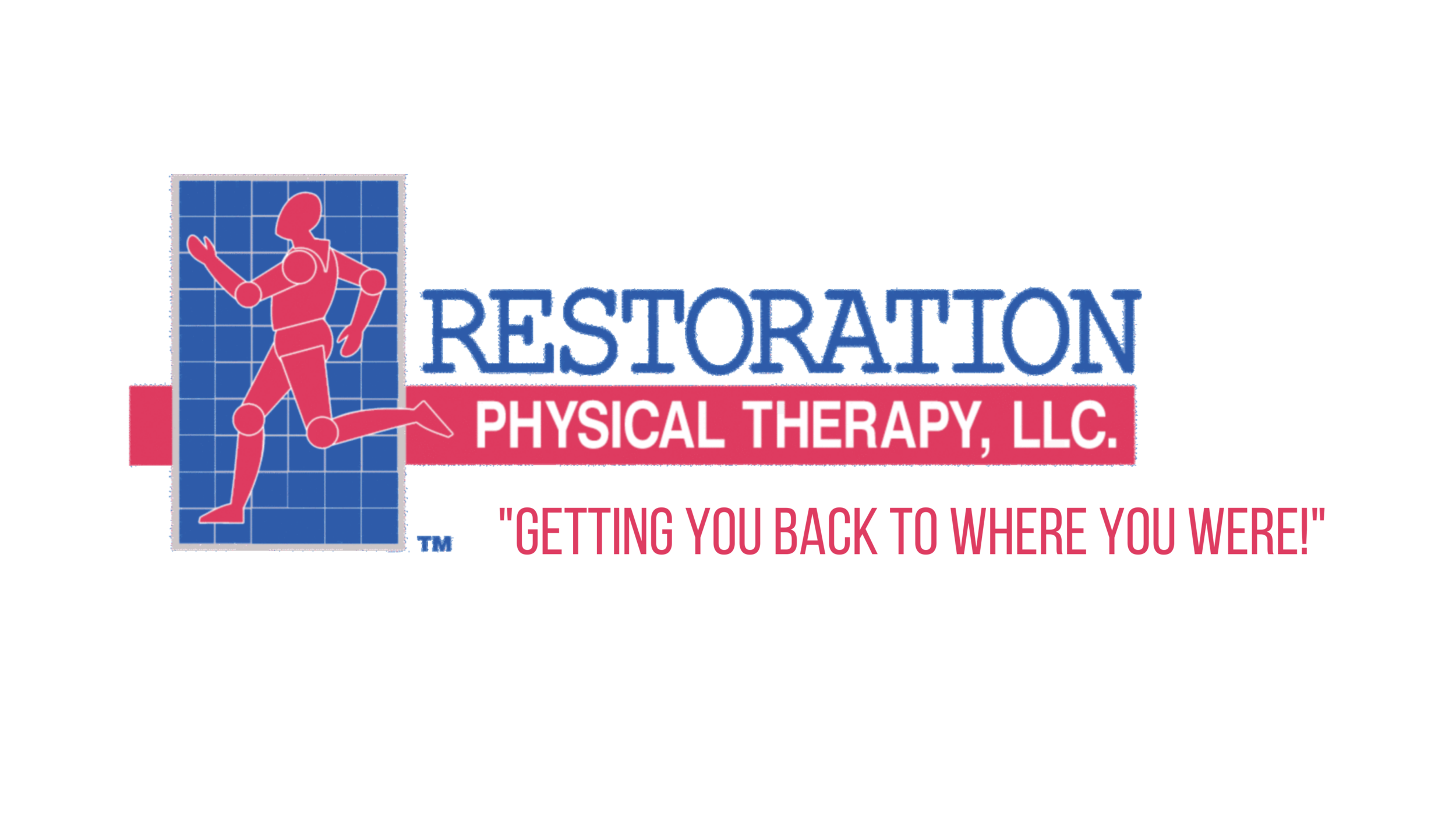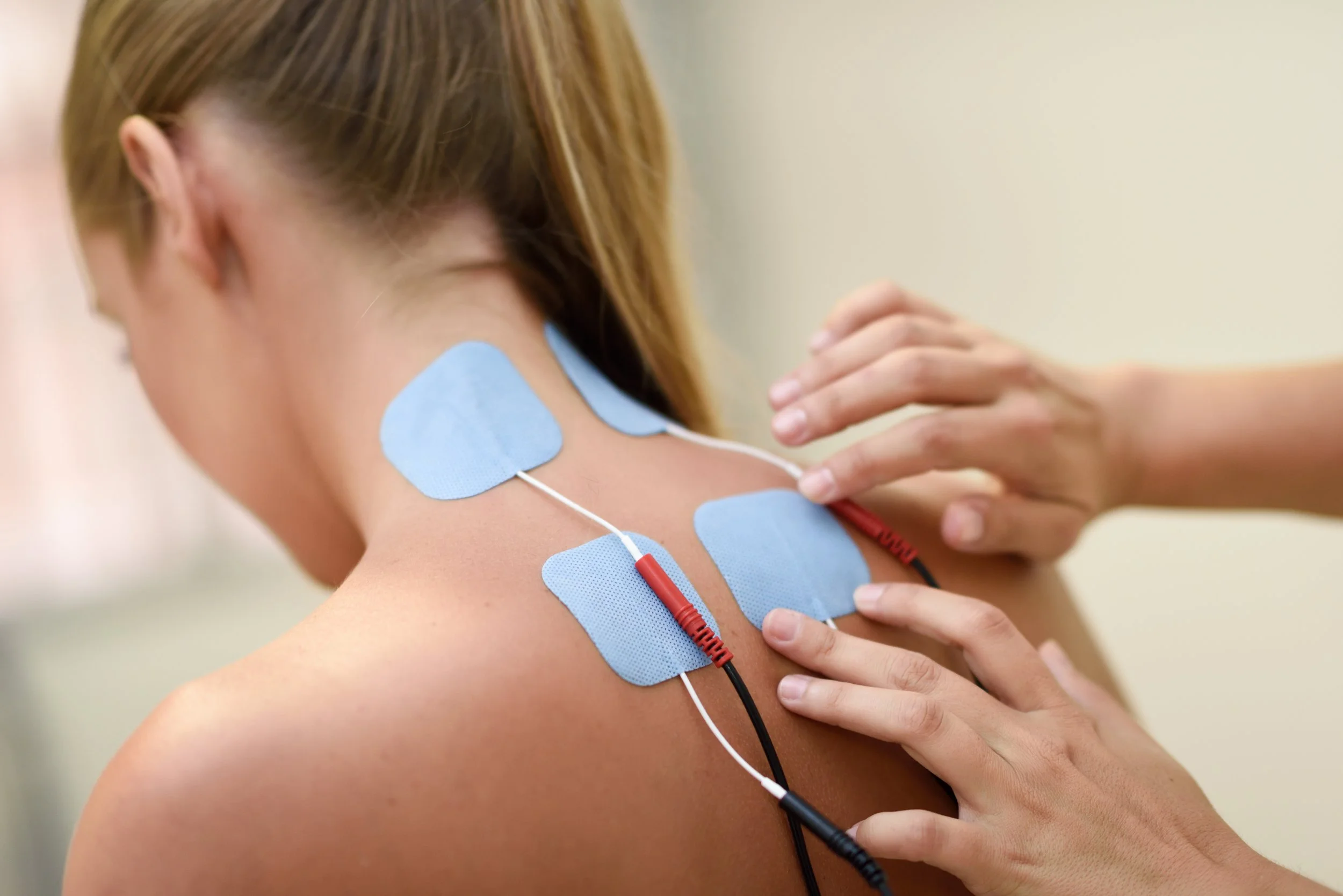How We Can Help
Patients with mechanical neck pain, whiplash, cervical disc degeneration, herniated/bulging discs with or without radiculopathy, and headaches are commonly prescribed physical therapy. It will assist in reducing pain and inflammation, and improving mobility and strength.
We will provide you with an extensive evaluation by an expert physical therapist with years of training in medical evaluation of musculoskeletal conditions. Your physical therapist will then discuss the medical findings and formulate a unique plan of care for you. Treatment may include stretches, strengthening exercises, manual techniques, dry needling, and/or modalities including ultrasound, phonophoresis, iontophoresis and Electrical Stimulation.
Mechanical Neck Pain
The neck is made up of 7 cervical vertebrae (bones) and intervertebral discs that are held together with ligaments, joints, and muscles to provide mobility and stability to the head. The head must be kept up at all times. Allowing the head to droop forward, as it does during reading, knitting, or sitting at a desk, will only strain the supporting structures.
There are many causes of mechanical neck pain including poor posture from working at a desk or computer for many hours a day, scoliosis, a quick awkward movement of your head, or possibly sleeping in a wrong position.
Mechanical neck pain from poor posture causes joint stiffness, muscle imbalance and possibly headaches. Prolonged poor posture can lead to degenerative changes in the spine (i.e. Cervical Stenosis and Degenerative Disc Disease) or scoliosis. Scoliosis is an excessive curvature of your spine as a result of muscle imbalance. Proper posture and alignment are key components in order to function at your best.
Have you ever woken up and felt like you had a “kink” in your neck? The pain is from a mechanical change in your facet joints of your spine, possibly from a “nipped” facet capsule or an entrapment of the capsule. This causes swelling and pain in the joint, which can then lead to stiffness and tightness.
Whiplash or Cervical Sprain or Strain
Estimates indicate that more than 1 million whiplash injuries occur each year due to automobile accidents. Whiplash is a term used to describe neck pain following an injury to the soft tissues of your neck (specifically ligaments, tendons, and muscles). It is caused by an abnormal motion or force applied to your neck that causes movement beyond the neck's normal range of motion. Whiplash happens in motor vehicle accidents, sporting activities, accidental falls, and assault.
The term whiplash was first used in 1928, and despite its replacement by synonyms (such as acceleration flexion-extension neck injury and soft tissue cervical hyper-extension injury), it continues to be used to describe this common soft tissue neck injury. Whiplash is thought to be the elongation and tearing of muscles or ligaments that surround the spine. Secondary edema, hemorrhage, and inflammation may occur. Muscles respond to injury by contracting, with surrounding muscles recruited in an attempt to splint the injured muscles. Your doctor may use the more specific terms of cervical sprain, cervical strain, or hyper-extension injury. With these forms of injuries there is no way to know the extent of the soft tissue injuries. As a result, conservative treatment including physical therapy is important for the first 2-6 weeks.
Cervical Spondylosis, Stenosis, and Degenerative Disc Disease
Cervical spondylosis, stenosis, and Degenerative Disc Disease (DDD) are chronic degenerative conditions of the cervical spine that affects the vertebral bodies and intervertebral discs of the neck ( for example, disc herniation, loss of disc height, and bone spur formation), as well as the contents of the spinal canal (nerve roots and/or spinal cord). Some also include the degenerative changes in the facet joints and ligaments of the spine.
Intervertebral discs lose hydration and elasticity with age. The surrounding ligaments also lose their elastic properties and develop spurs. The disc subsequently collapses as a result of biomechanical changes, causing the outer portion of the disc to bulge outward. As the disc narrows and bulges, and the facet joints override, this change is called spondylosis. This change increases motion at that spinal segment and further causes the damage to the disc. Degenerative Disc Disease (DDD) with resulting loss of disc height may induce spinal instability. Such instability causes spinal joint bone spurs, arthritis, pain and inflammation.
Spondylosis often develops at multiple levels. Spondylotic changes can result in narrowing of the spinal canal (central spinal stenosis) and where the nerves exit the spinal canal (lateral foraminal stenosis). Narrowing of the spine can then lead to nerve entrapment which causes pain, numbness, tingling, and weakness in the arms and hands.
Cervical Disc Herniation and Radiculopathy
ELECTRICAL STIUMALATION USED TO ASSIST IN THE HEALING PROCESS TO AID IN QUICKER HEALING AND RECOVERY.
Bulging discs can become worse and “herniate” into the space where the nerve roots from your spinal cord come out. This can occur at any level in the spine, but most of the time this occurs in the mid part of the neck and the lower back. If you experience numbness/tingling to a specific part of your arm or hand, or complain of sharp, stabbing neck pain you may have a herniated disc.
Disc herniations can injure the spinal cord or nerve roots and result in stenosis and/or myofascial pain. The C6-C7 disc herniates more frequently than discs at other levels. Acute disc herniation causes radicular pain into your arm or hand through chemical inflammation and/or direct nerve root compression. The chemical radiculitis is a key element in the pain caused by disc herniations as nerve root compression alone is not always painful unless the dorsal root ganglion is also involved. Cervical disc herniations may be resorbed during the acute phase. Indeed, studies document frequent herniation resorption and symptom resolution with conservative treatment including physical therapy.
The most common cause of cervical radiculopathy (arm/hand pain, tingling, numbness and weakness) is foraminal encroachment (70-75%), which is when the nerve exits the spinal canal. Disc herniations in the cervical spine are responsible for only 20-25% of radiculopathies.
PATIENT WITH CHRONIC NECK PAIN BENEFITING FROM CERVICAL TRACTION.
Headaches
Headaches are one of the most common reasons for a doctor’s visit. If your headaches is caused by postural and muscle dysfunctions, physical therapy can dramatically affect headaches by the use of postural education and manual therapy. The C2-3 facet joint is the most common source of referred pain in patients with a dominant complaint of headaches.




